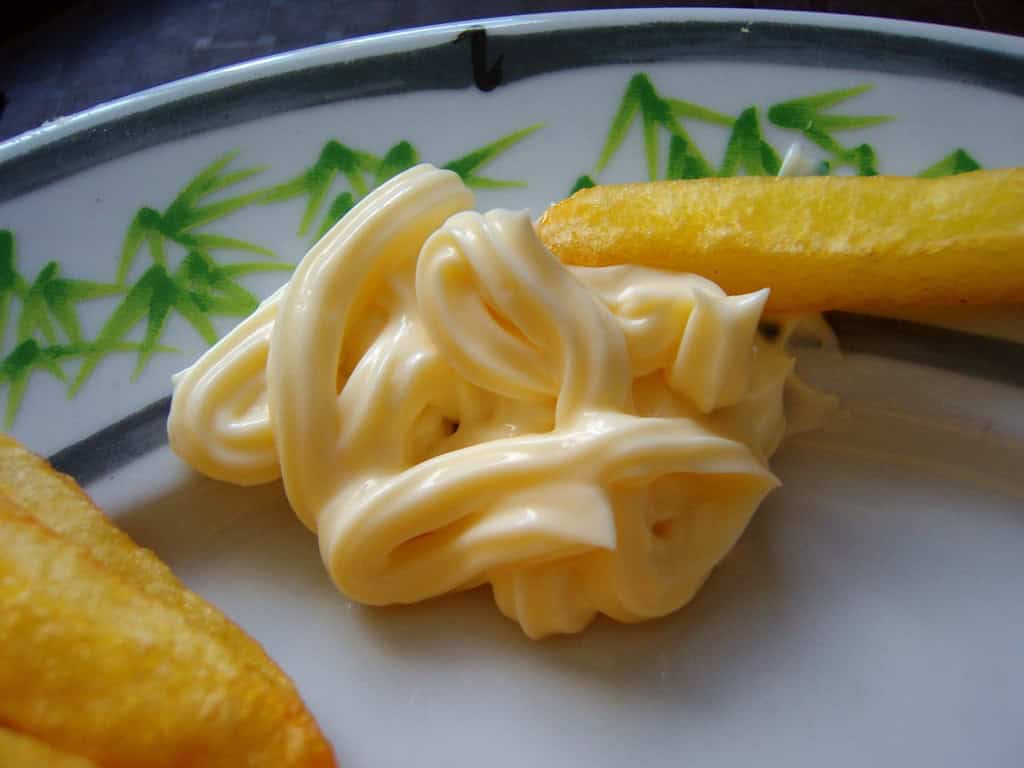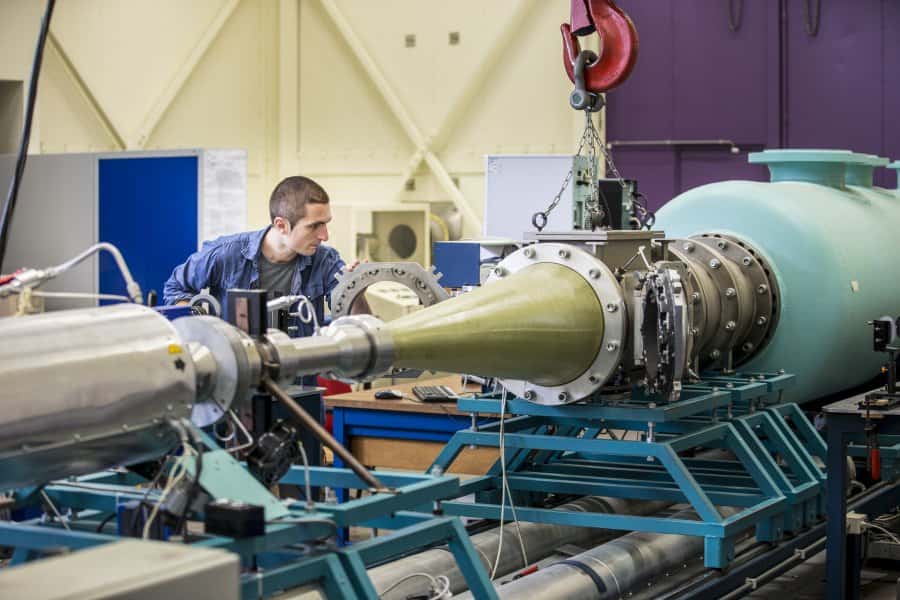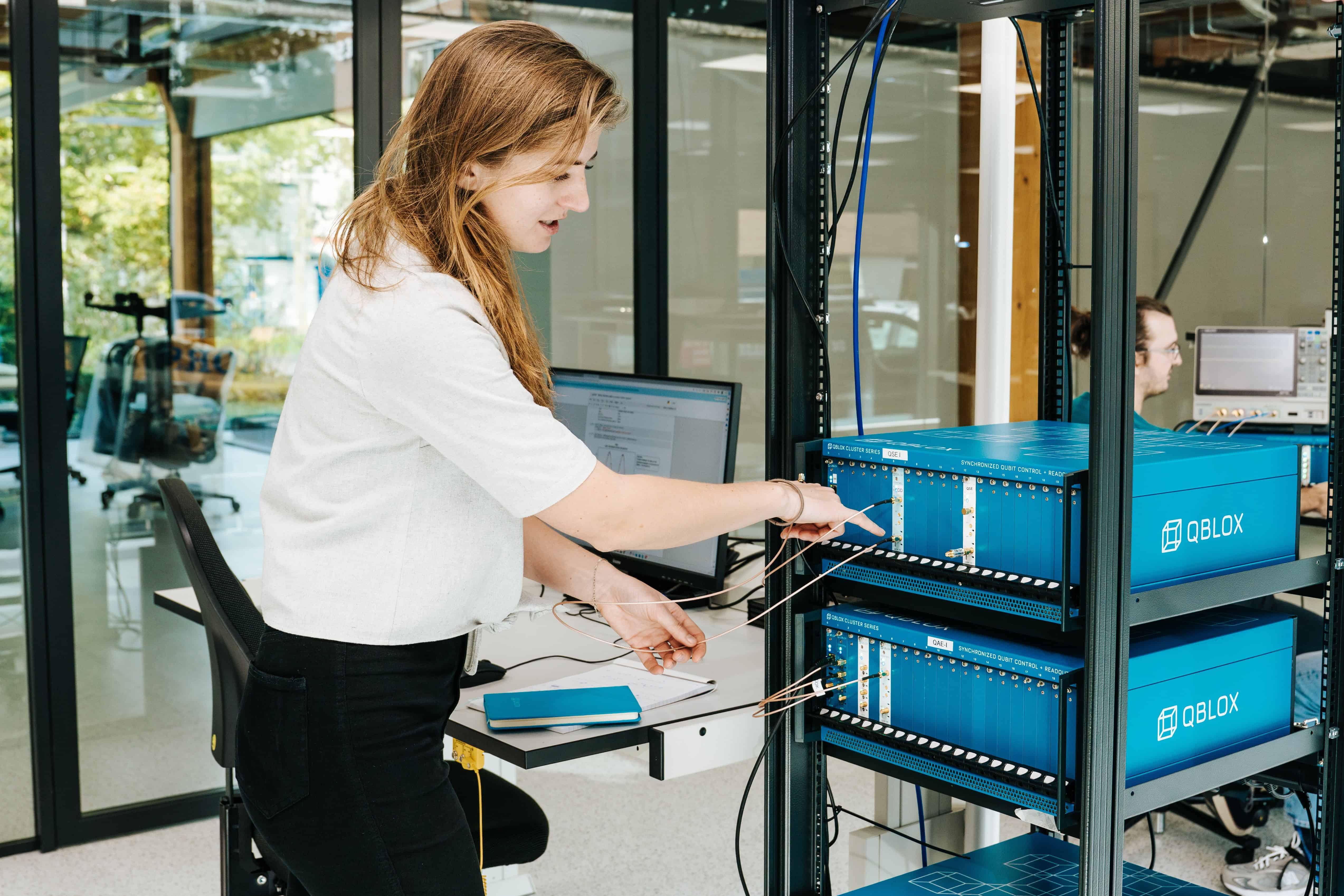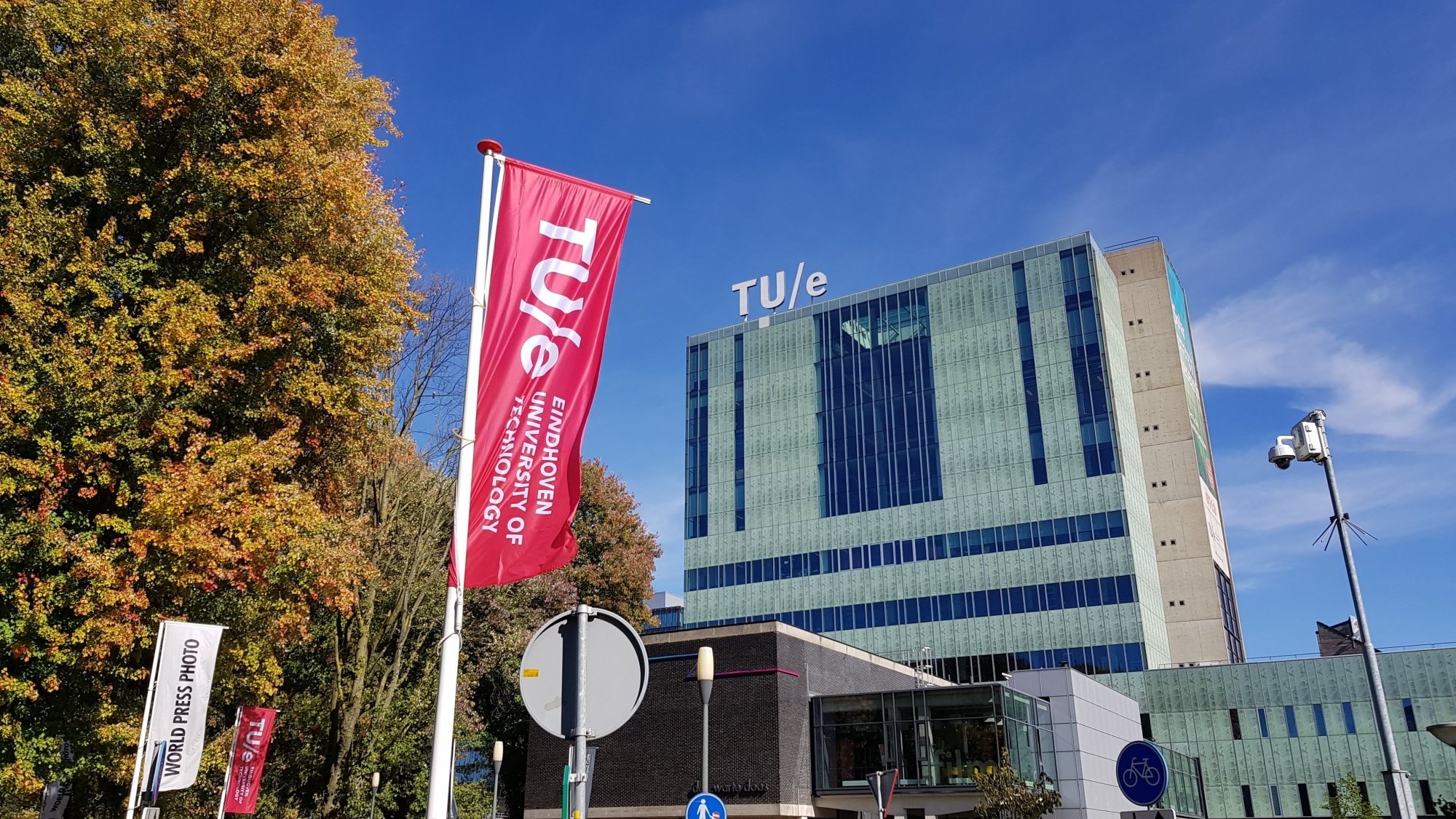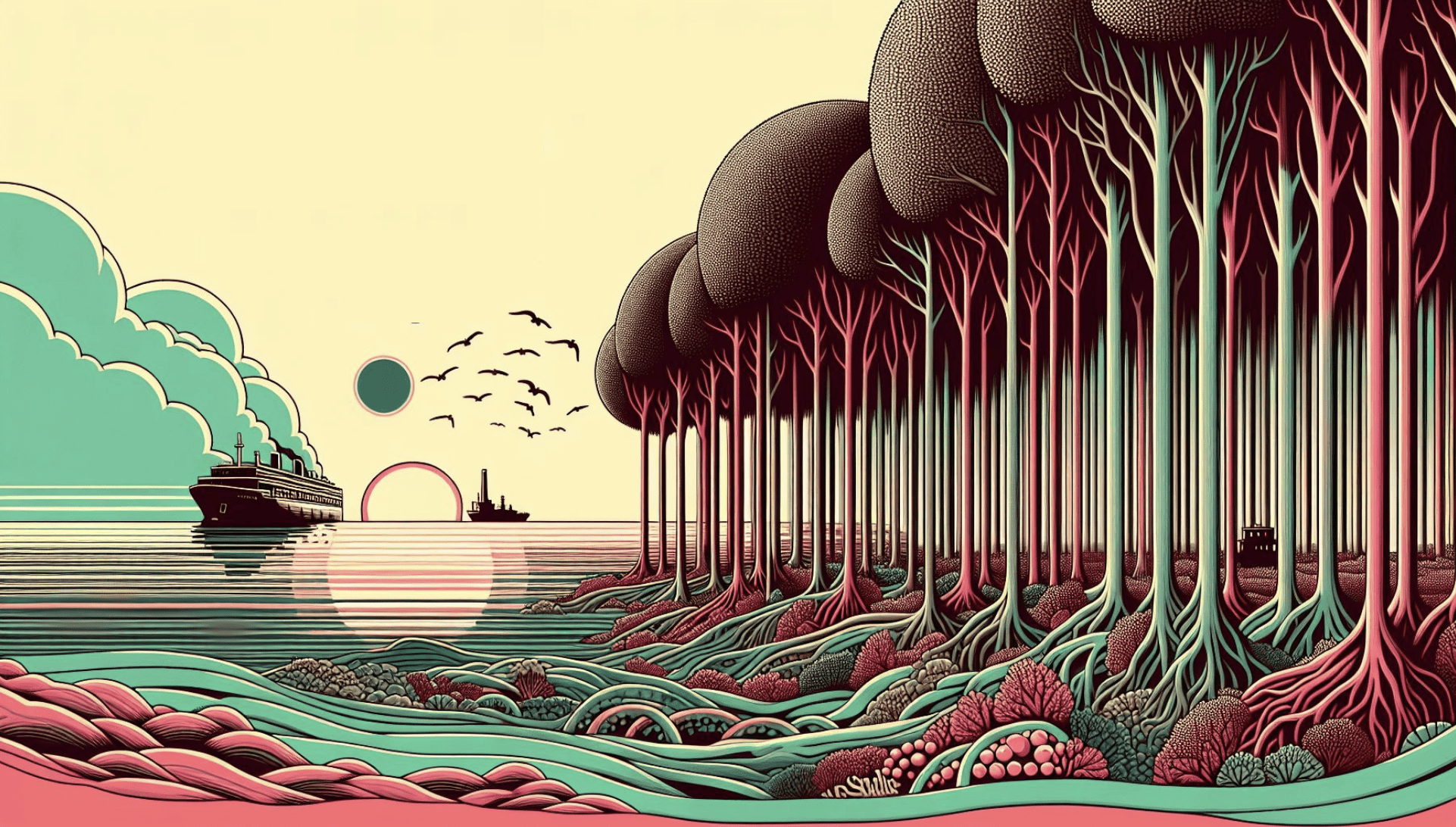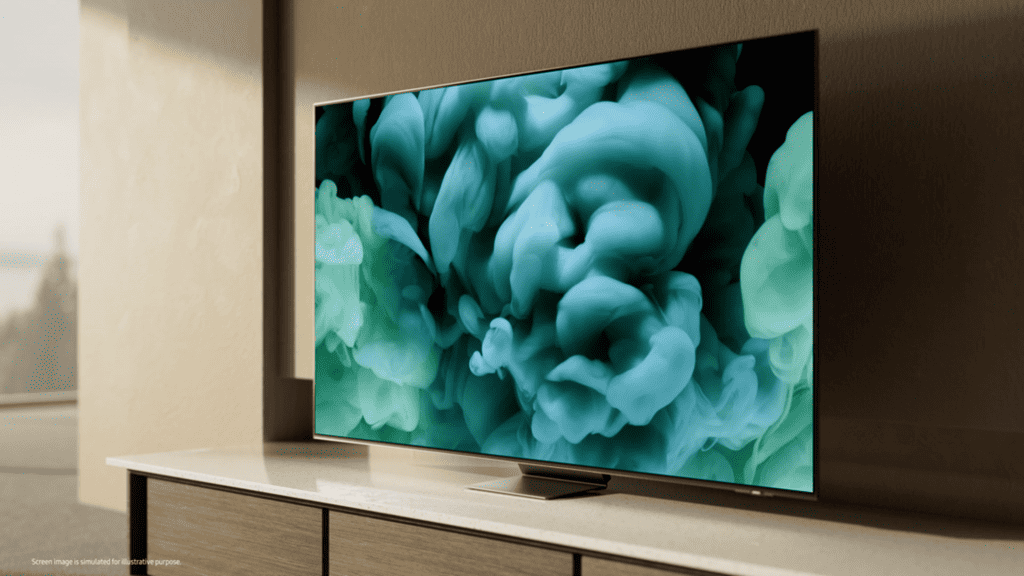
Moungi Bawendi, Louis Brus, and Alexei Ekimov have been awarded the 2023 Nobel Prize in Chemistry for their discovery and synthesis of quantum dots. These tiny semiconductor particles, barely a few thousand atoms in size, are a game-changer in nanotechnology fields such as LED lights, TV screens, and cancer imaging. The colour of these quantum dots can be manipulated simply by changing their size. This opens up a world of possibilities, from vibrant and energy-efficient television displays to precise medical diagnostics that help surgeons distinguish cancerous tissue.
- Nobel Prize awarded for quantum dots’ discovery, revolutionizing nanotechnology and enhancing our daily lives.
- Quantum dots enable vibrant, energy-efficient displays and precise cancer imaging, with potential in drug delivery.
- Accidental Nobel Prize announcement doesn’t diminish the recognition of groundbreaking work by three scientists.
Quantum dots: A revolution in colour and light
Quantum dots, consisting of a mere few thousand atoms, are a marvel of nanotechnology. Their unique characteristics allow them to emit specific colours when light passes through them, a trait determined by their size. The smallest dots produce higher energy waves and emit a blue light, while the larger ones emit a lower energy wave and a red light, with the middle sizes creating the colours in between. This discovery has proved fundamental in various technologies, most notably in LED lights and television screens.
TV screens that utilise quantum dots, known as QLED TVs, have captivated audiences worldwide with vibrant and accurate colours that require less energy. Quantum dots are the tiny crystals that create these precise colours, providing an enhanced viewing experience. Not only do these nanoparticles provide a more vibrant display, but they also promote energy efficiency, a crucial consideration in today’s environmentally conscious world.
Ground-breaking medical applications
However, quantum dots’ application is not limited to our living rooms. These tiny particles also have significant implications in the medical field, specifically in cancer imaging. Surgeons utilise these nanoparticles to distinguish healthy tissue from cancerous tumours, guiding them during delicate tumour removal procedures. This precise targeting can lead to more successful surgeries and improved patient outcomes, emphasising the profound impact of quantum dots on human health.
Moreover, quantum dots are being further explored for their potential in drug delivery systems, particularly for cancer treatment. Their ability to emit specific colours can be utilised to track the delivery of drugs within the body, ensuring they reach their intended target. This could potentially lead to more effective and efficient cancer treatments in the future.
Pushing the boundaries of nanotechnology
The discovery of quantum dots was initially considered impractical, but scientists Moungi Bawendi, Louis Brus, and Alexei Ekimov shattered these doubts in the early 1980s. Bawendi, in particular, revolutionised the production of high-quality quantum dots in 1993, paving the way for their commercial and scientific uses today.
While their current applications are already impressive, quantum dots have the potential to revolutionise various fields further. Researchers are exploring their use in flexible electronics, tiny sensors, thinner solar cells, and encrypted quantum communication. These nanoparticles offer numerous benefits to humankind, and their full potential is still being explored.
Accidental announcement, Well-deserved recognition
The winners of the Nobel Prize for 2023 were accidentally revealed by the Swedish Academy of Sciences before the official announcement, but this did not impact the awarding of the prize. The final decision was made just before the official announcement, and the Academy expressed regret for the premature release of the names. The laureates have nonetheless been recognised for their groundbreaking work, each contributing significantly to the quantum dots’ development and applications.
The 2023 Nobel Prize in Chemistry, worth 11 million Swedish kronor, will be shared equally among the three scientists. Despite the unusual circumstances surrounding the announcement, the honour recognises the trio’s invaluable contributions to the field of nanotechnology and the significant implications of their work on our daily lives.



